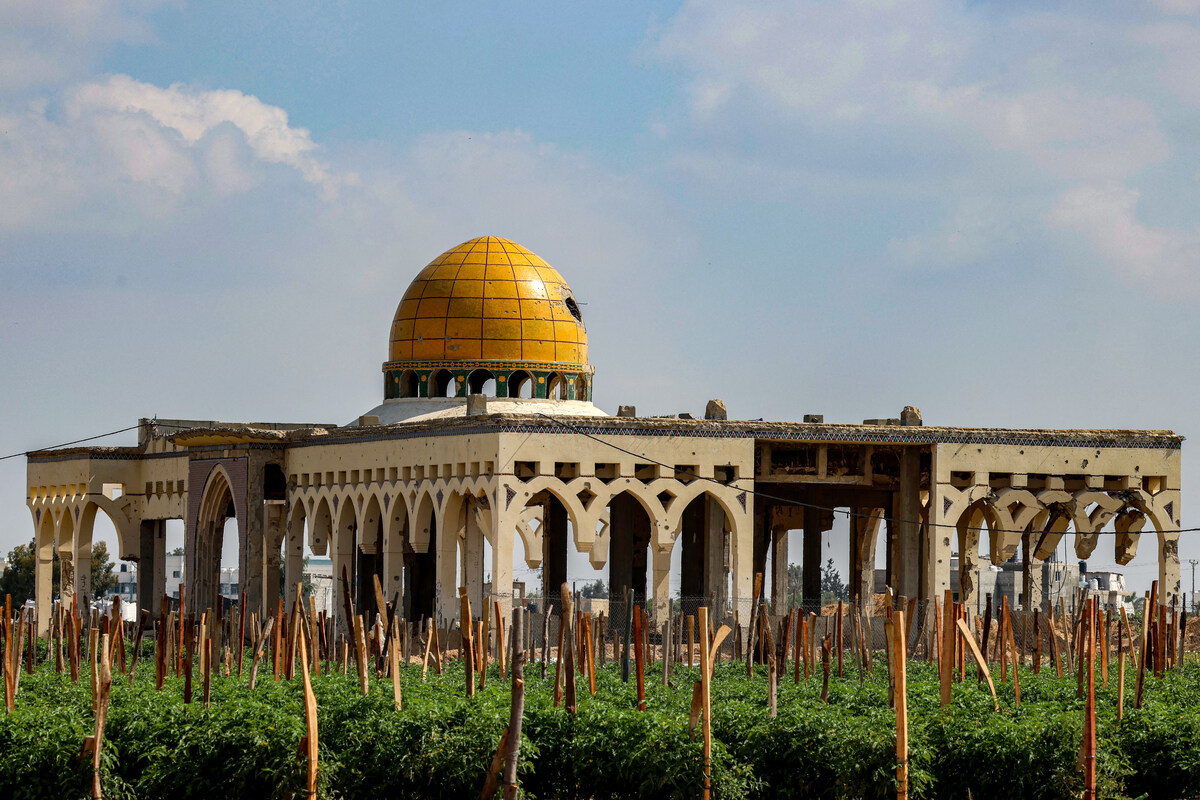Jerusalem, Undefined– In the three decades since Israeli and Palestinian leaders inked the Oslo Accords, efforts have emerged but largely failed to broker a lasting peace in the Middle East.
AFP looks back at the main initiatives aiming to resolve the Israeli-Palestinian conflict:
1991: Madrid conference
US president Ronald Reagan’s administration opens dialogue with the Palestine Liberation Organization (PLO) in 1988 after its exiled leader Yasser Arafat agrees to recognize Israel’s right to exist.
Three years later, in late 1991, Washington and Moscow co-organize an Israeli-Arab peace conference in Spain.
Israel refused direct PLO participation, but Palestinians are included in the Jordanian delegation, making the Madrid conference the first time Israeli and Palestinian representatives sit together at the negotiating table.
The talks come against the backdrop of the first Palestinian uprising, or intifada.
1993: Oslo breakthrough
The Madrid conference paves the way for direct, though secret, meetings between Israeli officials and Arafat’s PLO in Oslo in 1993.
In a breakthrough, Israel agrees to allow limited Palestinian self-government and to recognize the PLO as representatives of the Palestinian people.
The Oslo Accord, stating that both sides will “strive to live in peaceful coexistence”, is sealed on September 13, 1993 with a historic handshake between Arafat and Israel’s prime minister Yitzhak Rabin in Washington, in a ceremony hosted by US president Bill Clinton.
The following May, the city of Jericho in the occupied West Bank and the Gaza Strip become the first autonomous Palestinian territories.
Arafat returns to the Palestinian territories two months later, capping 27 years in exile, and forms the Palestinian Authority.
In September 1995, Oslo II extends Palestinian autonomy in the West Bank.
On November 4, a right-wing Israeli extremist opposed to the accords assassinates Rabin.
2000: Camp David talks
In July 2000, Clinton hosts talks at Camp David, outside Washington, but they stumble over the status of Jerusalem — claimed by both sides as a capital — and the right of return for Palestinian refugees.
The second Palestinian intifada erupts two months later.
2002: Saudi initiative
In March 2002, Arab states led by Saudi Arabia propose diplomatic relations with Israel in exchange for its withdrawal from all territories occupied since the Six-Day War of 1967 — the West Bank and east Jerusalem, Gaza and the Golan Heights.
The following day, Israel launches a major military offensive following a string of deadly Palestinian suicide attacks.
2003: Short-lived ‘road map’
In April 2003, the so-called Quartet of the European Union, Russia, the United Nations and United States publishes a document dubbed a “road map” towards a Palestinian state.
It calls for a halt in Palestinian attacks and Israeli settlement expansion.
Both sides commit to its application in June 2003, but it soon collapses amid continued settlement activity.
2007: Annapolis meeting
In November 2007, after years of impasse, president George W. Bush attempts to revive the peace process by hosting talks between Israel and over a dozen Arab countries in Annapolis, Maryland.
But the new effort is thwarted by disagreement over Israeli settlement building, violence in Gaza and divisions among the Palestinians.
The Palestinian Authority quits negotiations when Israel launches a massive offensive in Gaza in late 2008.
In July 2013, US secretary of state John Kerry announces the launch of new talks, which are subsequently suspended after Palestinian president Mahmoud Abbas’ Fatah party announces a unity accord with Hamas Islamists.
2017: New US failures
Washington’s credibility as a peace-broker is dented when Donald Trump comes to power in 2017.
Trump in December that year breaks with the international community by recognizing Jerusalem as Israel’s capital and deciding to move the US embassy there from Tel Aviv.
His Republican administration also brokers landmark deals with several Arab states to recognize Israel which leave the Palestinians feeling betrayed.
After President Joe Biden, a Democrat, takes office, the largely dormant Quartet calls for the resumption of “meaningful negotiations”.
But persistent violence, which has escalated since last year, and an unwillingness to return to the negotiating table make peace appear more elusive than ever.

